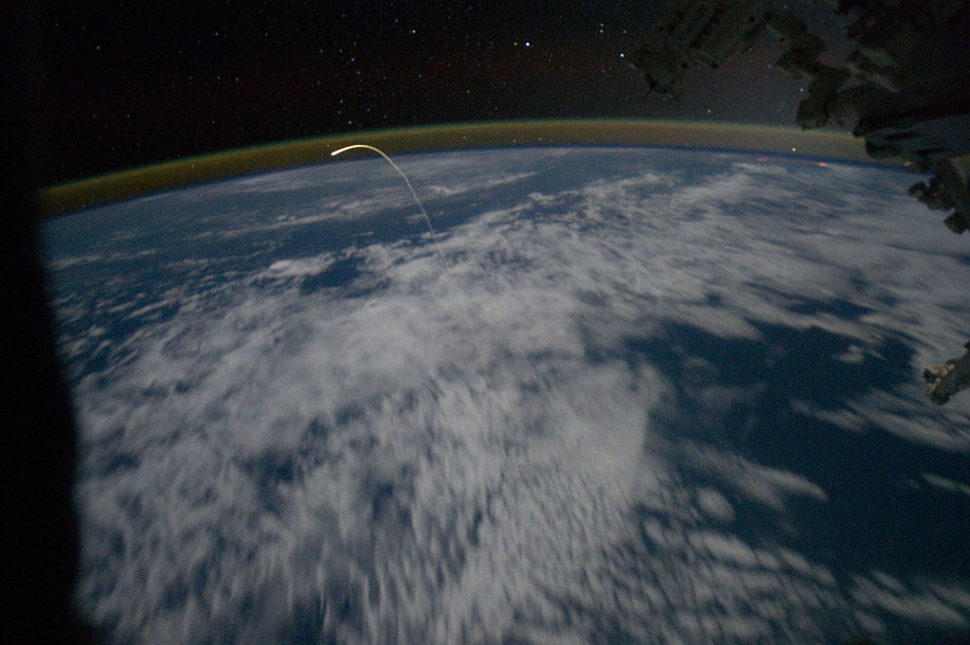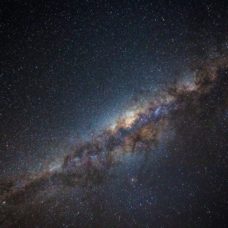Tiangong-1, China’s space lab, finally came crashing back to Earth’s atmosphere on Sunday at around 8:16 PM Eastern Time.
Tiangong-1, which translates to “Heavenly Palace” in English, reportedly entered Earth’s atmosphere at 8:16 PM ET. The first space lab launched into orbit by China burned up over the southern region of the Pacific ocean.
The Chinese space lab’s re-entry into Earth’s atmosphere was confirmed in a report released by US Joint Force Space Component Command.
“U.S. Strategic Command’s (USSTRATCOM) Joint Force Space Component Command (JFSCC), through the Joint Space Operation Center (JSpOC), confirmed Tiangong-1 reentered the Earth’s atmosphere over the southern Pacific Ocean at approximately 5:16 PM (PST) April 1,” the announcement read.
The 18th Space Control Squadron of the United States Air Force, which monitors all artificial objects in Earth’s orbit, also confirmed the station’s reentry in coordination with its counterparts in Canada, France, Japan, South Korea, Australia, Germany, Italy, and Britain.
Nearly every part of the space lab burned up on its long descent through the atmosphere. Any surviving bits and pieces have apparently found their final destination at the bottom of the South Pacific.
“Small bits definitely will have made it to the surface,” the Space Control Squadron said in a statement to Reuters. “Most likely the debris is in the ocean, and even if people stumbled over it, it would just look like rubbish in the ocean and be spread over a huge area of thousands of square kilometres.”
Read More: Chinese Space Station Packed With Cancerous Chemicals Crashing Back to Earth
Tiangong-1 launched in 2011 as part of China’s efforts to join the space exploration race. It has been visited by taikonauts, or Chinese astronauts, twice back in 2012 and 2013. The space station was slated to be decommissioned in 2013, but its mission was extended.
The space station went rogue last 2016 when China’s National Space Administration lost control over it.
Since then, space agencies around the world monitored the decay of the Chinese space station’s orbit to predict the exact date and time of its re-entry into Earth’s atmosphere.
The countdown eventually began in May 2017 when researchers were able to measure the station’s orbital speed and drop rate.
With Tiangong-1 gone, China now views the global media attention as an apparent show of envy coming from the international community over the country’s space industry. Global Times, a Chinese Tabloid reported Monday:
“It’s normal for spacecraft to re-enter the atmosphere, yet Tiangong-1 received so much attention partly because some Western countries are trying to hype and sling mud at China’s fast-growing aerospace industry.”



















Comments (0)
Most Recent